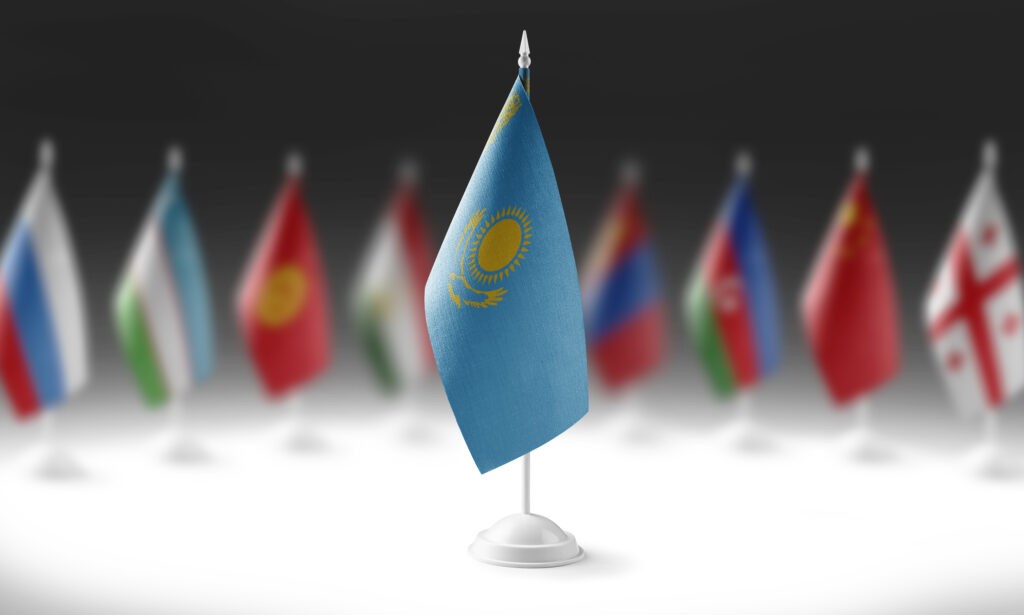Ongoing DDoS Attack Disrupts Kazakhstan’s Digital Infrastructure
Kazakhstan is experiencing a large-scale Distributed Denial of Service (DDoS) attack that is disrupting online services across government portals, banking systems, and telecommunications networks. The attack, which began earlier this week, has overwhelmed servers by bombarding them with excessive traffic, rendering critical digital infrastructure inaccessible for thousands of users. The Impact on National Systems The scope of the attack has significantly hobbled online platforms that citizens and organizations rely on for essential services. Users have reported interruptions when attempting to access online banking, state-run portals for taxes, and public resource management services. Government resources have been severely affected, whilst for businesses the inability to process digital transactions has caused massive delays, leading to e-commerce platforms and retailers that depend on online payment systems facing revenue losses. Financial institutions are working to secure their systems, fearing that the attack may escalate into data breaches or ransomware targeting client information. Potential Sources Behind the Attack While no official statement about the source of the attack has been released, cybersecurity experts are pointing to several possibilities. One theory suggests that the attack may involve political motives, aimed at destabilizing Kazakhstan’s government services and undermining public confidence. Others speculate that the incident may stem from cybercriminal groups seeking financial gain through extortion tactics. Other analysts are not discounting the possibility of foreign state actors. Given increasing geopolitical tensions in the region, such cyberattacks could potentially serve as acts of digital retaliation or covert intervention. Investigations are ongoing to trace the origin of the attack, and no group has publicly claimed responsibility. Official Responses and Mitigation Efforts Kazakhstan’s Ministry of Digital Development, Innovation, and Aerospace Industry has acknowledged the severity of the attack in an official statement. Authorities are currently coordinating with cybersecurity experts to neutralize the attack and minimize public impact. Technical teams have implemented measures such as traffic filtering and rerouting protocols to handle excessive server requests. While some government websites have been partially restored, slow loading speeds and occasional downtime persist. The ministry is urging organizations and individuals to strengthen online security by regularly updating firewalls and staying vigilant against phishing attempts that often accompany large-scale attacks. Additionally, Kazakhstan's cybersecurity response teams are collaborating with international partners to identify vulnerabilities and enhance digital defenses. This incident highlights the growing need for robust cybersecurity frameworks, particularly in an interconnected world increasingly reliant on digital services. Significance of the Attack This ongoing DDoS attack underscores how vulnerable national infrastructure can be to cyber threats. Potentially targeting critical systems like financial networks or telecommunications, these attacks can undermine public trust in a nation’s institutions and disrupt economic stability. Kazakhstan, like many nations, has increased investment in digital technologies, making cybersecurity a top priority. However, the attack reveals gaps in protection and the urgent need for advanced, preemptive measures to safeguard essential systems. With a rising tide of global cyber threats, addressing these vulnerabilities will play a critical role in protecting both national security and the economy going forward. For now, Kazakhstan continues to battle the...






